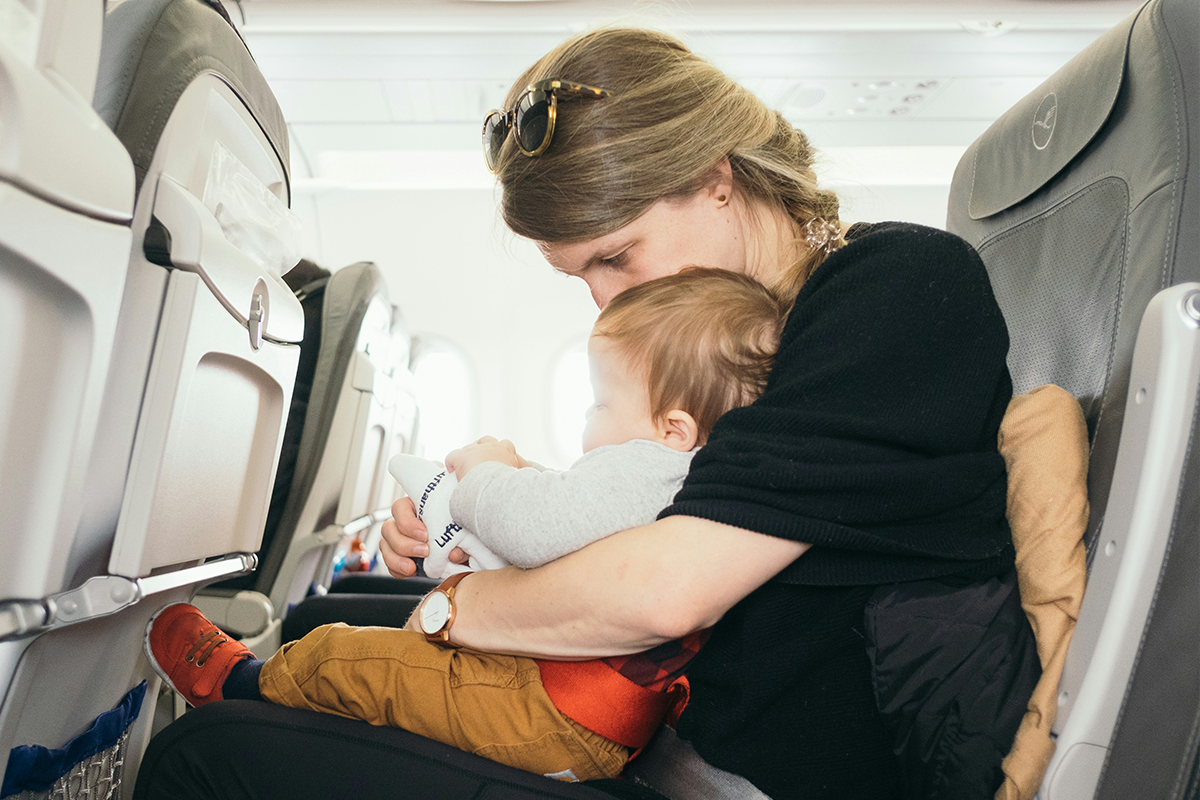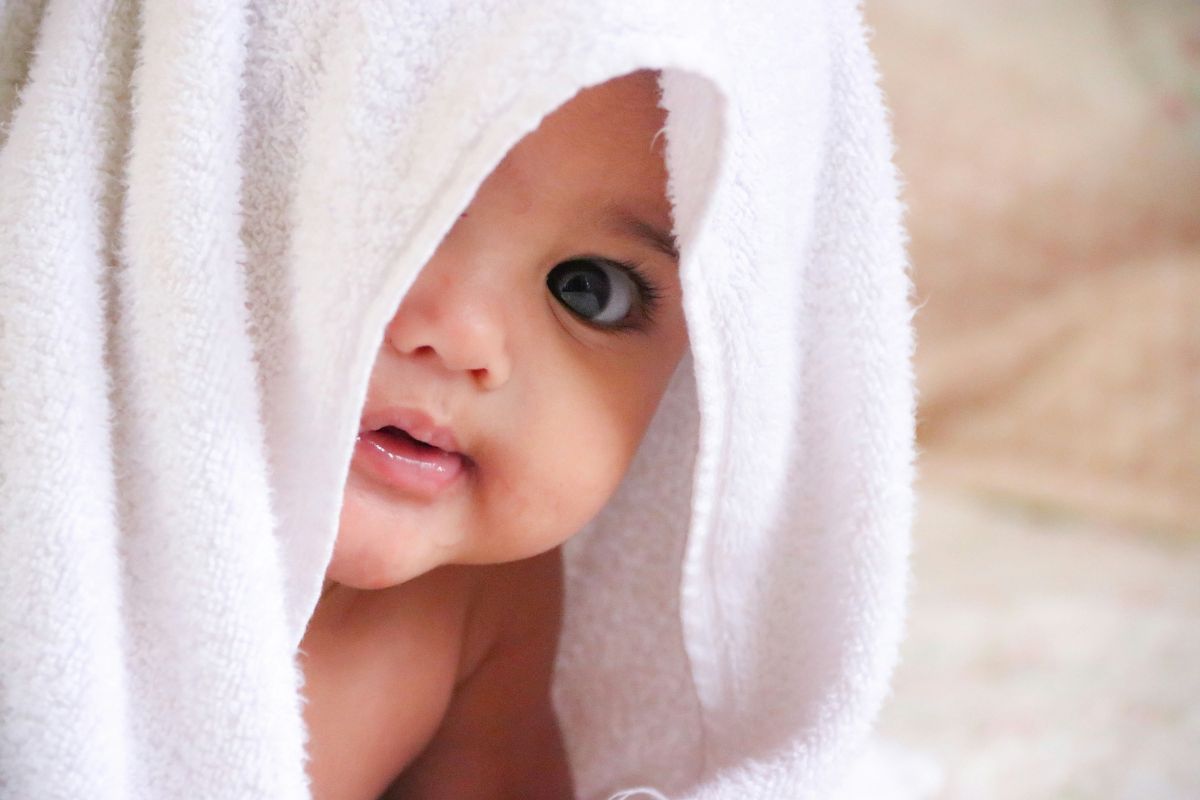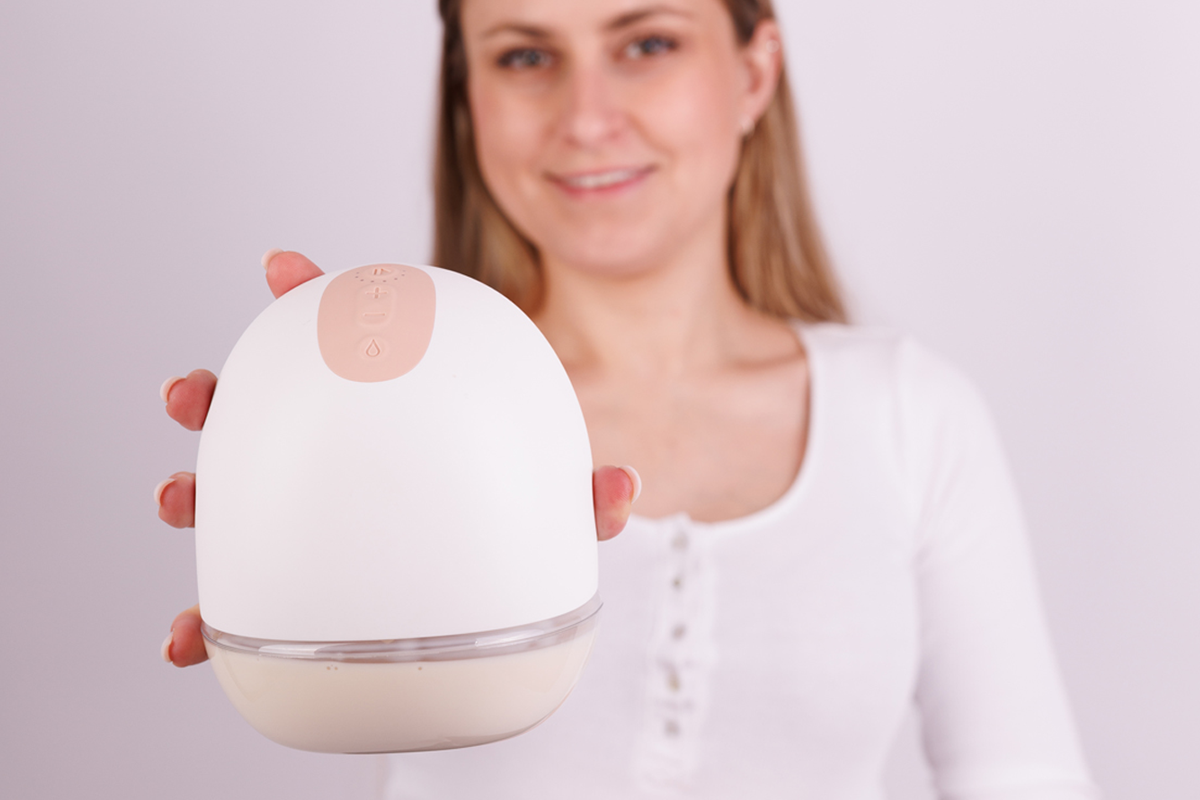Embarking on a journey while managing the needs of a breastfed infant can be a daunting task. As you prepare for your upcoming flight, understanding the nuances of traveling with a breast pump becomes essential. Navigating TSA guidelines, deciding how best to pack your equipment, and ensuring the safe transport of breast milk are crucial considerations. This article provides comprehensive insights and practical tips to help you travel smoothly and confidently. Whether you are a frequent flyer or a first-time traveler, these guidelines will empower you to manage pumping with ease, ensuring a stress-free journey for both you and your little one.
Can you fly with a breast pump?
Yes, you can fly with a breast pump. Both the Transportation Security Administration (TSA) and major airlines allow breast pumps in both carry-on and checked luggage. Most airlines consider breast pumps to be medical devices, so they typically do not count against your carry-on bag allowance, but it’s a good idea to check with your specific airline and print or screenshot their policy to avoid confusion at the airport.
You are also permitted to bring expressed breast milk, ice packs, and related supplies through security—even in quantities greater than the standard liquid limit, as breast milk is considered a medical necessity. There is no set maximum: you may travel with as much breast milk as you need, in any size container, and you do not need to adhere to the usual 3.4-ounce liquid restriction.
💡 However, TSA asks that you bring only a “reasonable quantity,” which is generally interpreted as the amount needed for your trip.
At security, inform the officers that you are carrying a breast pump and breast milk; they may inspect the milk but will not ask you to taste.(1)
If the milk is thawed, TSA may request to test it for explosives, but you can request alternative screening methods if you do not want the milk opened. You also have the right to ask TSA officers to wear fresh gloves when handling your milk or breast pump parts.
Does flying affect breast milk supply?
Flying does not directly impact your breast milk supply, but the stress and changes in routine associated with air travel can potentially affect milk production. However, the impact of stress on milk supply, along with changes in your routine during air travel, can potentially lead to a temporary decrease in milk production. In addition to stress, factors like dehydration, lack of rest, and disruptions to your regular nursing or pumping schedule can contribute to a temporary dip in milk supply.
To mitigate these effects, it's crucial to prioritize self-care during travel.
Stay well-hydrated, aim for adequate rest, and maintain your regular pumping or feeding routine as closely as possible. It's also helpful to plan ahead by packing a portable breast pump like Perifit Pump for a pumping session during your flight if needed.
💡 Ensure your pump is fully charged before the flight.
Can you pump breast milk on an airplane?
What you need to know
Yes, you can absolutely pump breast milk on an airplane, and doing so can be more straightforward than you might think. Breast pumps are considered medical devices, and thus they don't count against your carry-on luggage allowance. This means you can carry your breast pump in its own separate bag, according to TSA regulations.
What to expect during your flight
You have the flexibility to pump in your seat using a nursing cover or discreetly without one. The plane's ambient noise typically drowns out any sound from the breast pump, making it easier to maintain your routine comfortably. Although the noise reduction technology in pumps like the Perifit Pump can help make the experience quieter.
Packing your breast pump for air travel
Choosing the right bag
Selecting a dedicated breast pump bag is essential for air travel. Opt for a bag with multiple compartments to organize your pump, bottles, flanges, and accessories efficiently. Backpack styles offer hands-free convenience and are comfortable for navigating airports. Since breast pumps are classified as medical devices, your pump bag will not count toward your carry-on allowance on most airlines. Prioritize a lightweight, sturdy, and easy-to-clean bag that can withstand frequent handling.
Smart organization and storage
Efficient packing streamlines security checks and makes in-flight pumping easier. Place frequently used items—such as hand sanitizer and wipes—in exterior pockets for quick access.
Store your breast pump, extra parts, and bottles in the main compartment, ensuring all items are clean and dry to prevent leaks.
Use an insulated cooler bag with frozen ice packs or gel packs to keep expressed milk at a safe temperature, following CDC recommendations for milk storage.
💡 Labeling your pump bag can also help during security screenings.
Essential items checklist
- Portable breast pump
- Extra pump parts and bottles
- Hands-free pumping bra
- Sanitizing wipes or spray for cleaning parts on the go
- Pre-moistened wipes for convenience
- Insulated cooler bag with frozen ice or gel packs for milk storage
- Ample breast milk storage bags or leak-proof containers
- Backup battery pack or power bank (if needed)
- Nursing cover or lightweight blanket for privacy (if needed)
- Breast pads to manage leaks, especially postpartum
Common issues and solutions when flying with a breast pump
Traveling with a breast pump and breast milk can sometimes lead to unexpected challenges at airport security.
One common issue is encountering TSA agents who may not be fully familiar with the latest guidelines regarding breast pumps and breast milk. If this happens, remain calm and politely explain that your breast pump is a medical device and that breast milk is exempt from the standard liquid restrictions. It’s helpful to carry a printed copy or screenshot of the official TSA policy to show the agent if needed. If you still experience difficulty, you can request to speak with a supervisor for further assistance.
💡 For added peace of mind, consider contacting the TSA Cares helpline (1-866-289-9673) before your trip for personalized assistance through security. (2)
Another frequent concern is finding a private and comfortable place to pump in the airport or on the plane. Many airports now offer dedicated lactation rooms. Check your airport’s website or app in advance to locate these facilities.
International travel considerations for flying with a breast pump
While the TSA has clear guidelines for traveling with breast pumps and breast milk within the United States, regulations can vary significantly in other countries. Some international airports may have stricter rules regarding the quantity of liquids permitted, even for breast milk, or may require additional documentation. Before your trip, research the security policies of both your destination and any countries where you will have layovers. Check the official websites of those airports or contact their customer service for up-to-date information.
It is also wise to review your airline’s international policies regarding medical devices and breast milk transport.
When in doubt, bring a doctor’s note or a letter explaining your need to carry a breast pump and expressed milk. Having this documentation, along with translations if necessary, can help avoid misunderstandings at customs or security checkpoints.
Planning ahead and knowing the rules at each stage of your journey will help ensure a smooth and stress-free travel experience.
As you prepare to embark on your journey, equipped with the knowledge and confidence to navigate airport security and in-flight pumping, remember that your needs are valid and supported. By understanding TSA guidelines and planning ahead, you can ensure a smoother experience that prioritizes both your comfort and your pumping routine. Whether packing efficiently, coordinating your pumping schedule, or storing breast milk safely, these strategies empower you to focus on the adventure ahead. Embrace this opportunity to travel with peace of mind, knowing you have the resources and resilience to manage your breastfeeding journey seamlessly. Safe travels!
Sources:





